Town Council Moves Housing Ordinances to the Voters
Housing Needs and Watershed Worries Clash at Emotional Meeting
BAR HARBOR—Emotions ran high for some Bar Harbor residents as they pled, Tuesday night, for the Town Council to stop the progress of three amendments to town rules that would allow more housing types and density.
Jane Disney. Lucien Smith. Dennis Bracale. Lorraine Donnely. Ed Damm. Dessa Dancy. Jake Jagel. Carol Chappell. Diane Vreeland.
One after another, Bar Harbor residents went before the Town Council and spoke of concerns about the cumulative effect of three proposed land use amendments that would allow for shared housing, employee living quarters, and increased housing density in areas outside of downtown Bar Harbor. One of those amendments would also allow more development in downtown.
Most of their concerns focused on nitrate loading and the degradation of the Northeast Creek watershed in the Town Hill area as well as Western Bay and Salisbury Cove. One broke down in tears, holding a piece of paper before her face as she stood at the microphone and pled for the councilors to think of the life forms that could potentially be displaced in Town Hill, one of Bar Harbor’s villages. That displacement, she worried, would be caused by more development in the area.
Glenon Friedmann of Bar Harbor Farm in Town Hill spoke in favor of two of the amendments, saying that it would help farm workers at her Bar Harbor Farm to live on site. Planning Board Chair Millard Dority spoke in favor of all three housing amendments and also gave a heartfelt plea for the housing changes to pass.
Dority’s birthday is soon. His father, he said, died 100 days before Millard was born. That left his mother with three children and no education. She worked hard to survive, to help her children survive.
His mother, Dority said, played an important role in the town of Bar Harbor, doing much of the same work as visa workers do now. They would move to save $20 a month, and move often. But, he said, they had places that they could move to, a situation and possibility, he said, that doesn’t exist now as renters scramble for places to call home.
“Where would my mother live today?” Dority asked. “We know what we’re losing and we know that we’ve done very little up until now.”
“We’re in a housing crisis, I thought. I thought when you were in a housing crisis you worked all together,” Dority said.
“We’re all going home to our nice warm houses so we don’t have to worry,” Dority said, but a lot of people don’t have that opportunity, he said. Those are people who work here, who may have grown up here, but can’t afford to stay here. “You have designated this as a crisis. The comprehensive plan has designated a crisis.”
Councilor Matthew Hochman said he shared many people’s concerns about the environment, but there is a housing crisis in Bar Harbor and what struck him was that probably only one person under sixty spoke. He’s worried about younger generations, people who graduated recently from Mount Desert Island High School.
“They can’t afford to live here. They cannot find a place to live to stay in Bar Harbor where their friends are, where their families are, where their jobs are,” he said. “If we don’t start doing something about our housing, and damn soon, we aren’t going to have a younger generation to take over for us.”

The housing amendments are meant to work together and be forward motion in combination with the work of the upcoming Comprehensive Plan, Council Chair Val Peacock said. It also works with the Housing Priorities Policy.
“The goal of these amendments is to help balance the year round and seasonal housing needs,” Housing and Community Planner Cali Martinez said at an earlier public hearing on the Land Use Ordinance amendments. “The goal of the strategies is to protect the current residents and the future residents.”
However, multiple residents worried about both the understandability of LD2023, detailed below, and the potential environmental impact that employee living quarters and shared accommodations amendments could have on sensitive ecological areas.
“I have done a lot of water quality studies around town for many many decades,” Jane Disney said. In 2008, she was on the council. “Nitrogen loading in the Northeast Creek watershed will cause its collapse. We were at the tipping point then.”
She worried that the growth areas were picked because it looked like there was available land, but that they may have been chosen without thought to the impact of the waste in the watersheds.
“Over the past few years, I’ve been trying to address drinking water issues,” she said. She’s recently been working with residents because of the PFAS contamination around MDI High School, a problem, she said, that hasn’t gone away. “It’s still coming out in the waste water.”
All the school’s neighbors have the same PFAS signature, she said. “There’s no such thing as a private well. They are all connected.”
Many worried that more development in those areas off the town’s constructed water system, which serves downtown and the Jackson Lab and along some of the Route 3 corridor, would cause more wells in those areas to run dry. More septic systems, they worry, might create contamination in a stressed ecosystem.
Nitrate loading was also a concern for farmer Lucien Smith, who brought studies for the councilors to peruse. He worried about the wastewater disposal and septic system impact on the area.
“We’ve already exceeded the threshold of a healthy ecosystem in Northeast Creek,” he said.
“We don’t want campgrounds, marinas, or mobile home parks in our district,” Diane Vreeland said. She said they’ve asked for those uses to not be allowed in the Town Hill area where she lives.
“We have been repeating this for years and nobody will listen to us,” she said.
She also worried about the expansion of development taking away the wildlife in her area.
“We’ll have no fairy shrimps. We’ll have no wood frogs. We’ll have no bats,” she said.
Dennis Bracale asked about the total buildouts from all the amendments and if they impact the rural nature of the villages, which, he said, would go against the 2007 Comprehensive Plan.
He and others advocated resource studies before there is any expansion in any area of town that is not covered by town water and sewer.
“We have to figure out how we’re going to protect Northeast Creek,” Council Vice Chair Gary Friedmann said and to figure out how to do that while also helping with housing. “We’ve got some issues that we’ve never really addressed that relate to the issues that were brought up tonight.”
The three amendments are part of a bigger plan for the town’s housing needs. The expansion of where employee living quarters (ELQ) and shared accommodations (SA) could be built (if passed by voters) was initiated originally when the Bar Harbor Farm asked for changes so that it could house some of its workers on site.
On Tuesday, the council unanimously approved moving the ELQ amendment, SA amendment, the housing opportunities (LD2023) ordinance, and the Design Review changes to the town’s ballot in June.
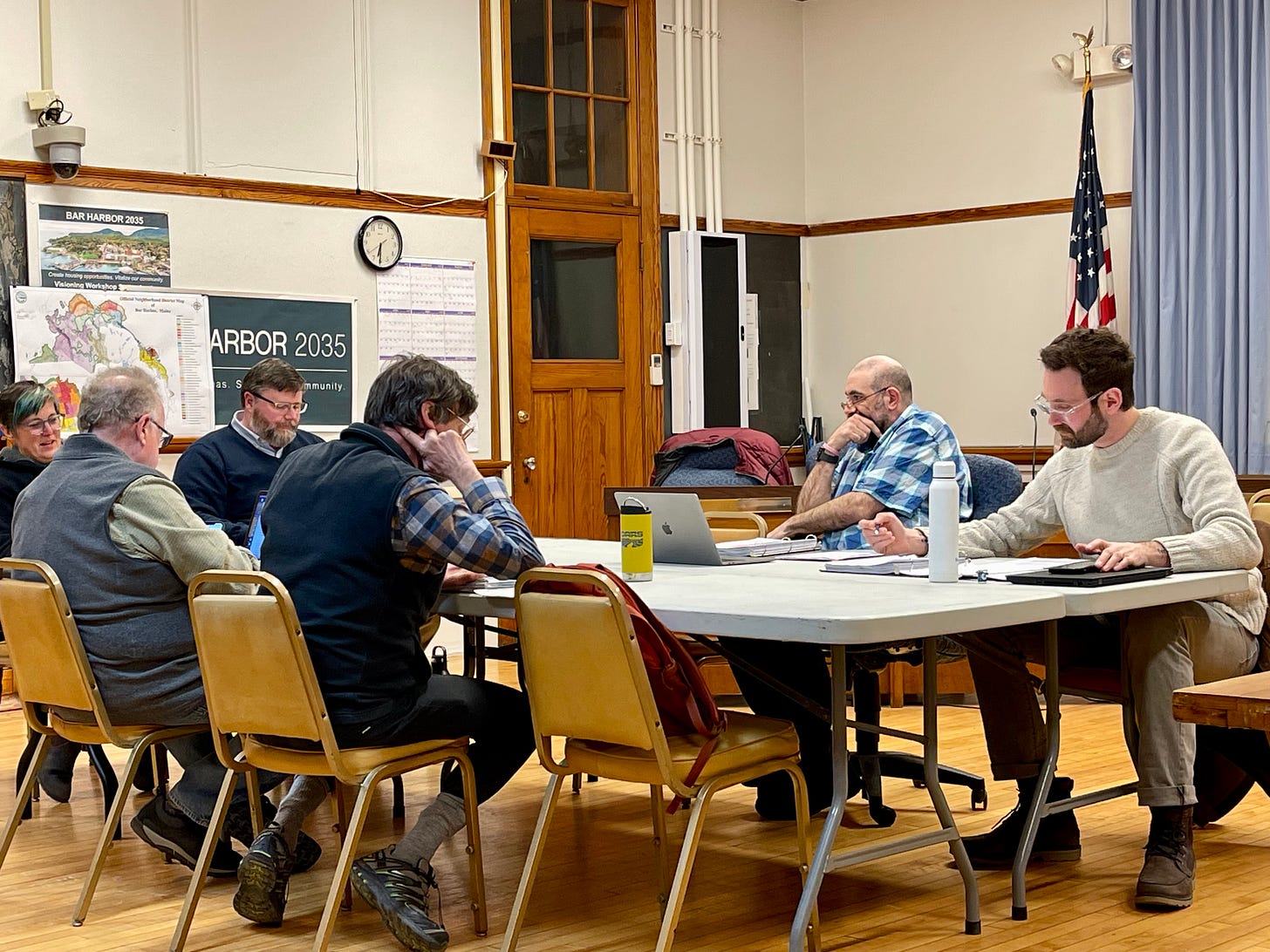
Councilors also unanimously approved cleaning up the language in the housing opportunities ordinance. Finally, they unanimously adopted an ordinance to clear up the inconsistencies in the Boards, Committees, and Commissions Ordinance dealing with two boards (Parks and Recreations and the Communications and Technology Committee).
Planning Director Michele Gagnon said the planning staff has taken into account the Northeast Creek watershed and it’s large and expansive.
“We took great care that what we were proposing had a similar or lesser impact than the uses that are taking place right now,” she said. If the amendments pass the voters in June, she said she’d be very surprised if there were 25 new ELQs and 25 SAs in five years in the rural areas.
Since those uses have been allowed in downtown Bar Harbor, there has been one ELQ built for 16 people, and one SA for 8. There is one in construction which would hold 84 and one that would house eight.
Friedmann said he appreciates the work that the Planning Board and Planning Department has done, but also wants assurances that the environment and people’s well water is protected.
Dority said that the Planning Board is going to have conversations about how to move forward with information provided about watersheds and needs so that there are more protections embedded into the planning process. The board approves larger subdivisions and businesses. There is one large subdivision before it now, Brigadoon. That is in Town Hill.
“As worded, it’s possible for a lot of this kind of development to go on and it would be the cumulative impact of that kind of density that could lead to nitrogen loading or movement of contaminants through the watershed,” Disney said. “If things were to build out to full capacity . . . . I think there are things that we couldn’t return from.”
She went on to say, “You can’t really recover an ecosystem that’s collapsed,” she said.
Northeast Creek, Western Bay, and Salisbury Cove area are important ecosystems, she said. “These are really special areas and we’re the stewards.”
Councilor Maya Caines, attending via Zoom, said that the Town Council shouldn’t set a precedent where the Town Council didn’t allow land use amendments to proceed to the town warrant for voters to decide on. She said this is true even if a councilor is against a particular amendment.
THE AMENDMENTS:
The volunteer Planning Board and town’s Planning Department worked for months on three of the proposed amendments to the town’s Land Use Ordinance. The town’s volunteer Design Review Board worked on its proposed amendment.
The town’s Land Use Ordinance creates the rules for development for the town.
The proposed ordinance amendments now go before the voters in June 2024. The voters will have final say on the passage.
According to a notice of public hearings, the employee living quarters amendment “would rename the existing employee living quarters use, allowed in 14 districts, to “employee living quarters-I.”
Employee living quarters-I would be allowed in 11 zoning districts. The amendment would also create a new use called “employee living quarters-2,” which would be allowed in 13 zoning districts. Employee living quarters-2 would be subject to Bar Harbor’s general review standards, in addition to certain design standards and density bonuses (lot coverage bonus). The definition of family would also be changed.”
According to that same notice for shared accommodations, “This amendment would increase housing opportunities by allowing more types of shared accommodations in 10 zoning districts where that use is not currently allowed. Shared accommodations is a housing type that includes individual rooms with shared dining facilities.”
“Housing Opportunities: This amendment is necessary to comply with LD 2003 and LD 1706. It is part of a statewide effort to increase housing units by requiring municipalities to remove some regulatory barriers to housing production. It allows for a density bonus of 2.5 times the base density for affordable housing developments in certain areas. It generally allows between two and four housing units per lot where housing is permitted, as well as allowing accessory dwelling units to be located on the same lot as a single-family home, under certain conditions.
“Furthermore, the amendment would delete Bar Harbor’s ‘bonus dwelling unit’ use because LD 2003 requires a comparable but more permissive use, referred to as accessory dwelling units. The amendment would also prohibit dwelling units expressly created under these provisions to be registered and/or used as short-term rentals.”
Design Review Board process and definitions
“This amendment would:
Update some properties names in Appendix A — Historic Properties in Design Review Overlay District;
Amend a definition related to signage review;
Simplify the review process for signs;
Adjust the Design Review Overlay district boundaries and area names;
Minimize redundancy by removing Appendix B — Locally Significant Properties in Design Review Overlay District and all reference to it;
Allow more time for the Planning and Code Department to review Design Review Board applications.”
NO CONFLICT OF INTEREST
Councilor Gary Friedmann disclosed that he is married to Glenon Friedmann and is a partner in Bar Harbor Farm for ELQ and SA. He said that this could be an appearance of conflict. Town attorney Edward Bearor said Friedmann did not have a conflict because the amendments weren’t just about the Bar Harbor Farm property. The Council voted unanimously that Friedmann didn’t have a conflict.
LINKS TO LEARN MORE
A more detailed explanation of the amendments is here:
Building Between a Ledge and A Wet Place
2002 study about Northeast Creek
Groundwater Model for Northeast Creek and Town Hill Areas
Salisbury Cove Report: Prepared by the College of the Atlantic
Endangered Bats Could Make Developing Homes in Town Hill Difficult
BAR HARBOR—There’s a new player causing worries about the development of housing in Bar Harbor. It’s not NIMBY-ism. And while water tables and nitrates are often a worry, that’s not a brand new concern. The newest player that could cause issues building homes in the Town Hill area is a nocturnal creature with long ears and a desire to fly through the lo…
The Chemicals That Don't Go Away
BAR HARBOR—Before the public forum about forever chemicals and wastewater began at MDI High School Monday night, people murmured as they sat down in the chairs in the high school’s music room. They murmured about sharing information, about whether the high school or state would consider paying the costs to residents to check their wells for forever chem…
The High School and Tremont Have Forever Chemicals, Do You?
BAR HARBOR—School Superintendent Mike Zboray said during a meeting, Monday, August 21, that testing for forever chemicals around Mount Desert Island High School continues, and Dr. Jane Disney has volunteered her efforts to help collate and determine how far the problem has potentially spread around the high school and also around the Tremont School.
What to Do With the Poo? And Other Waste Water, Too
BAR HARBOR—There are three current options to potentially fix issues with MDI High School’s big wastewater problem. Monday night’s meeting of the MDI High School Board of Trustees included new data regarding PFAS site tests results and a draft letter from consultants Haley Ward speaking to those three possible remediations to the school’s wastewater trea…





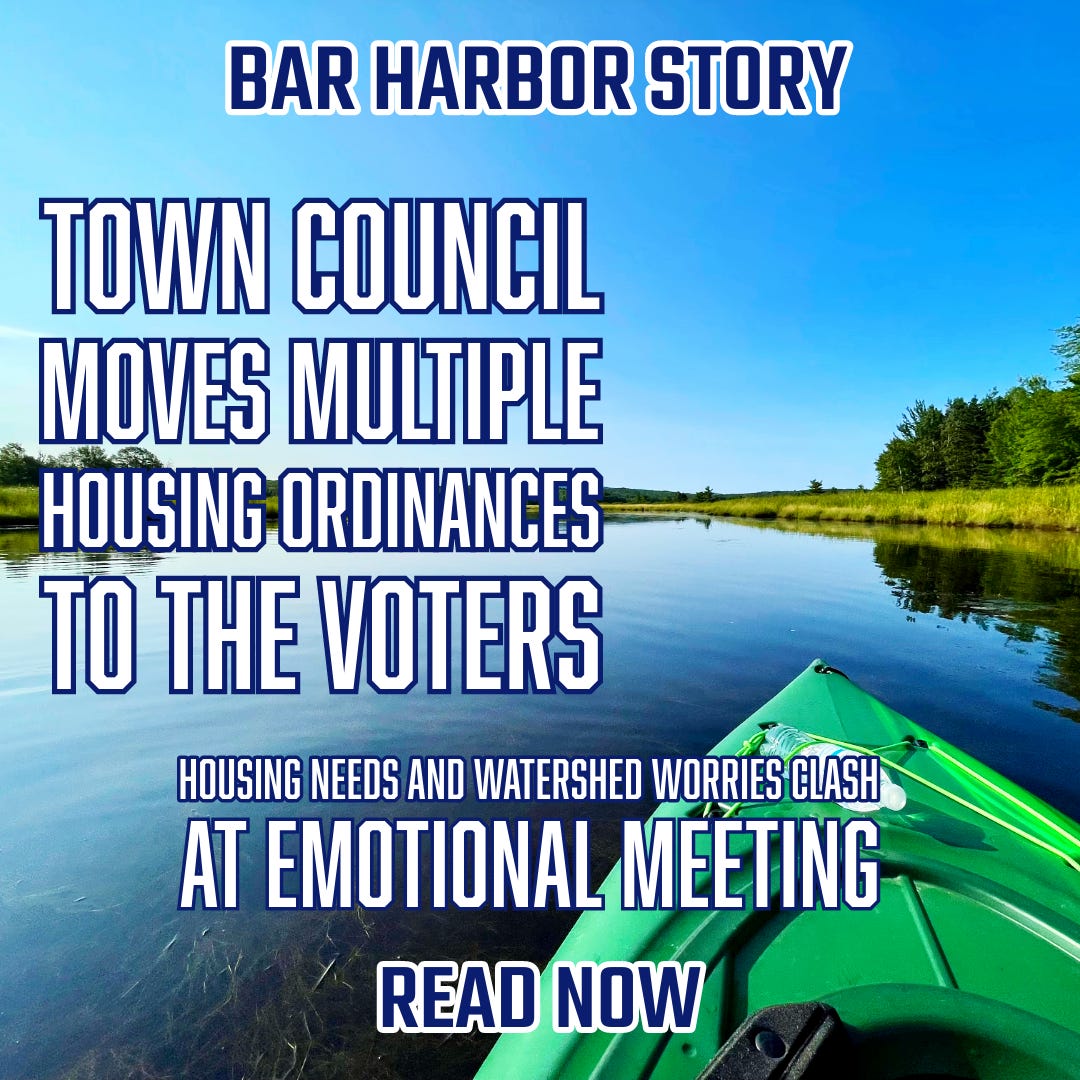
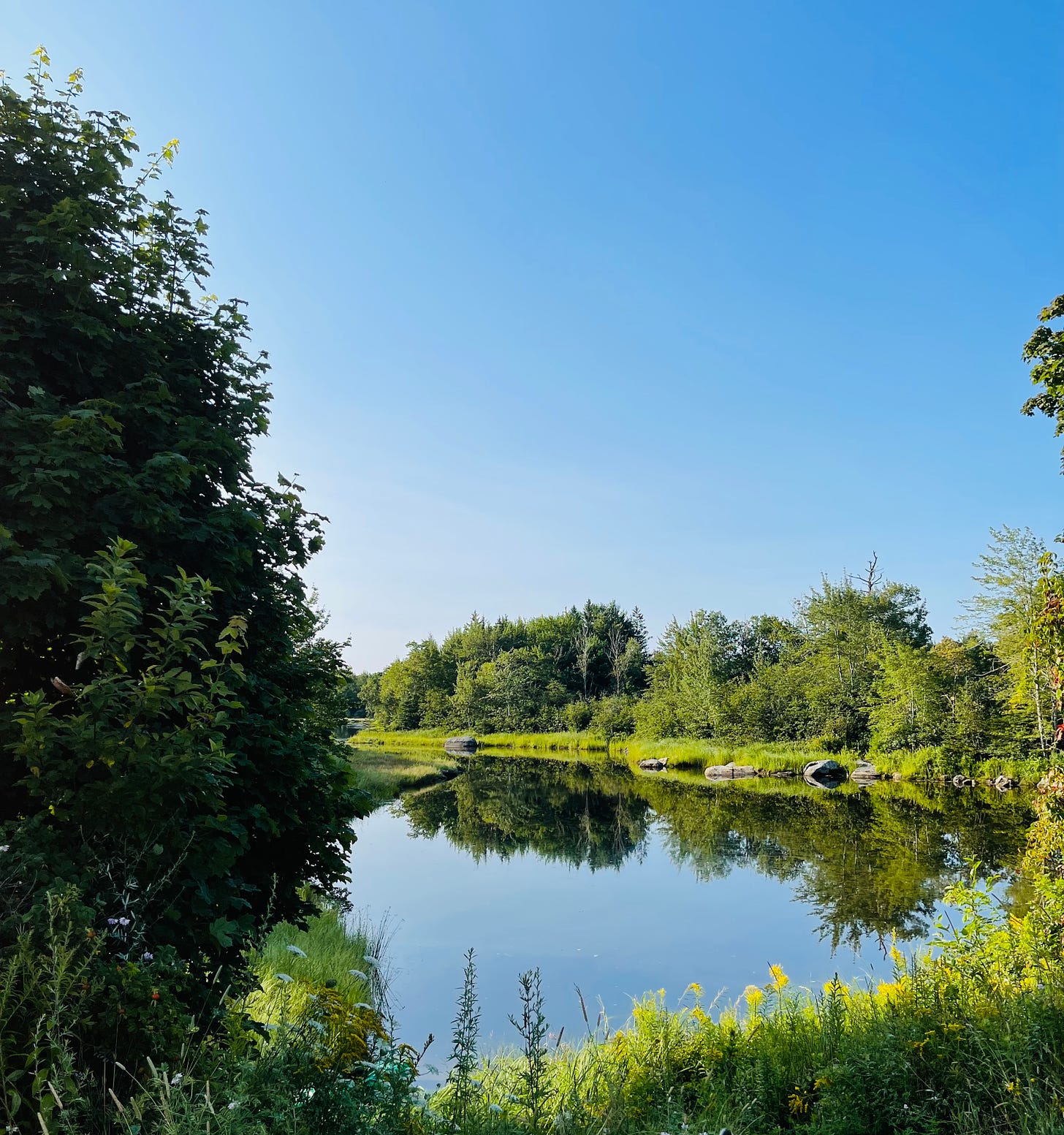
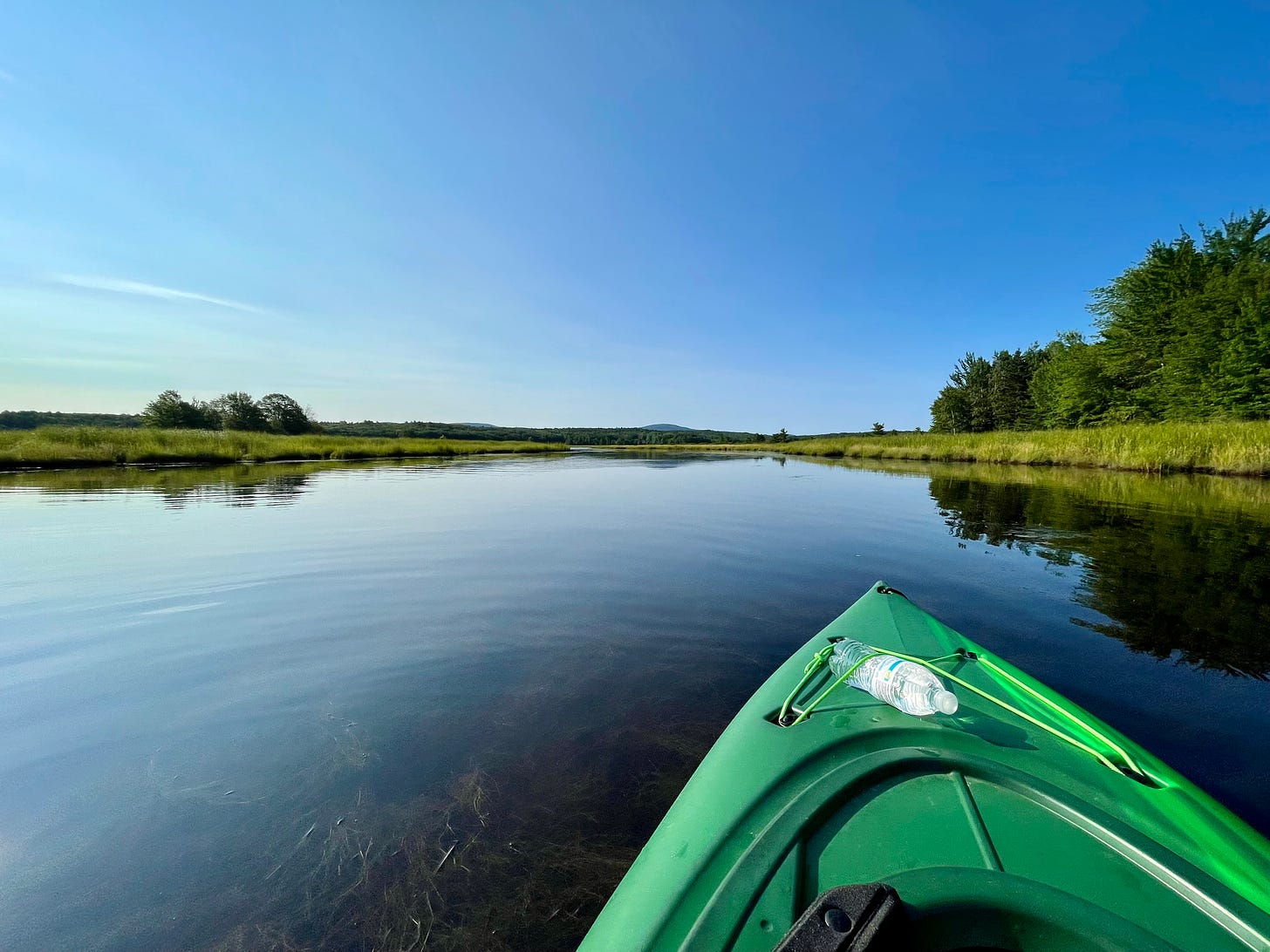
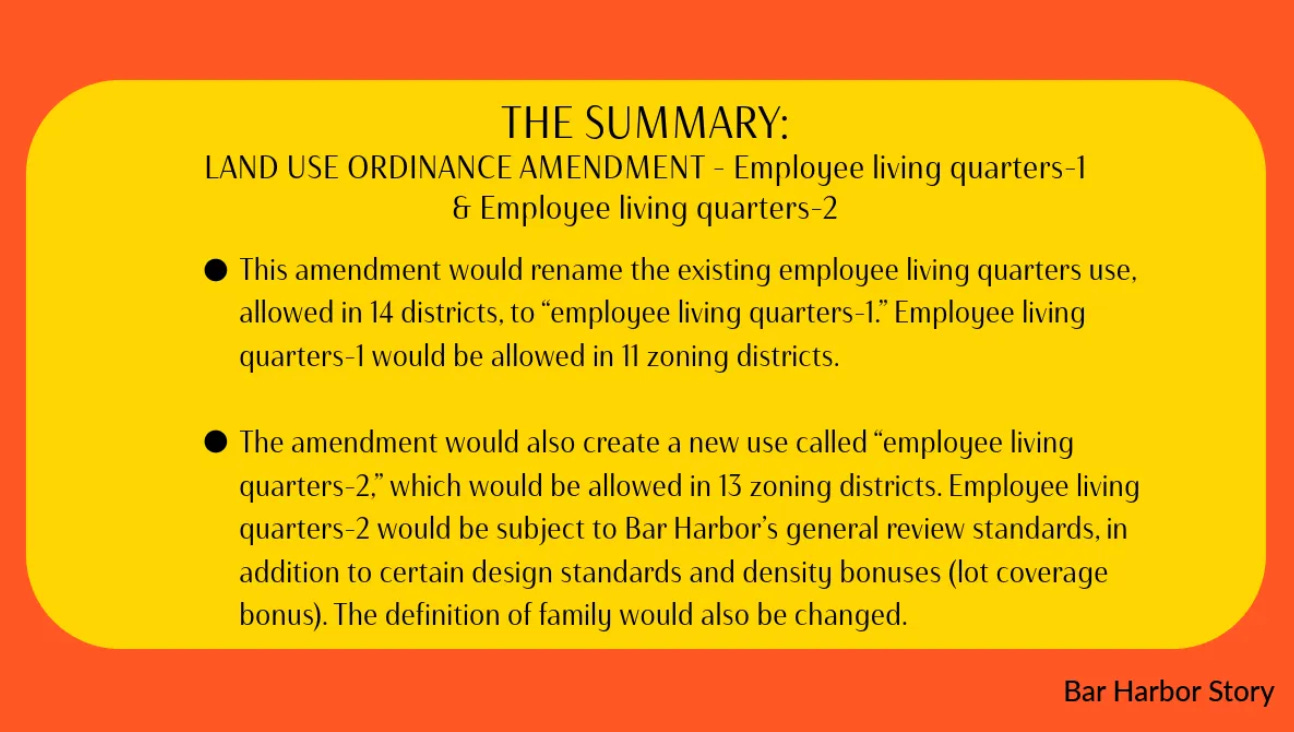
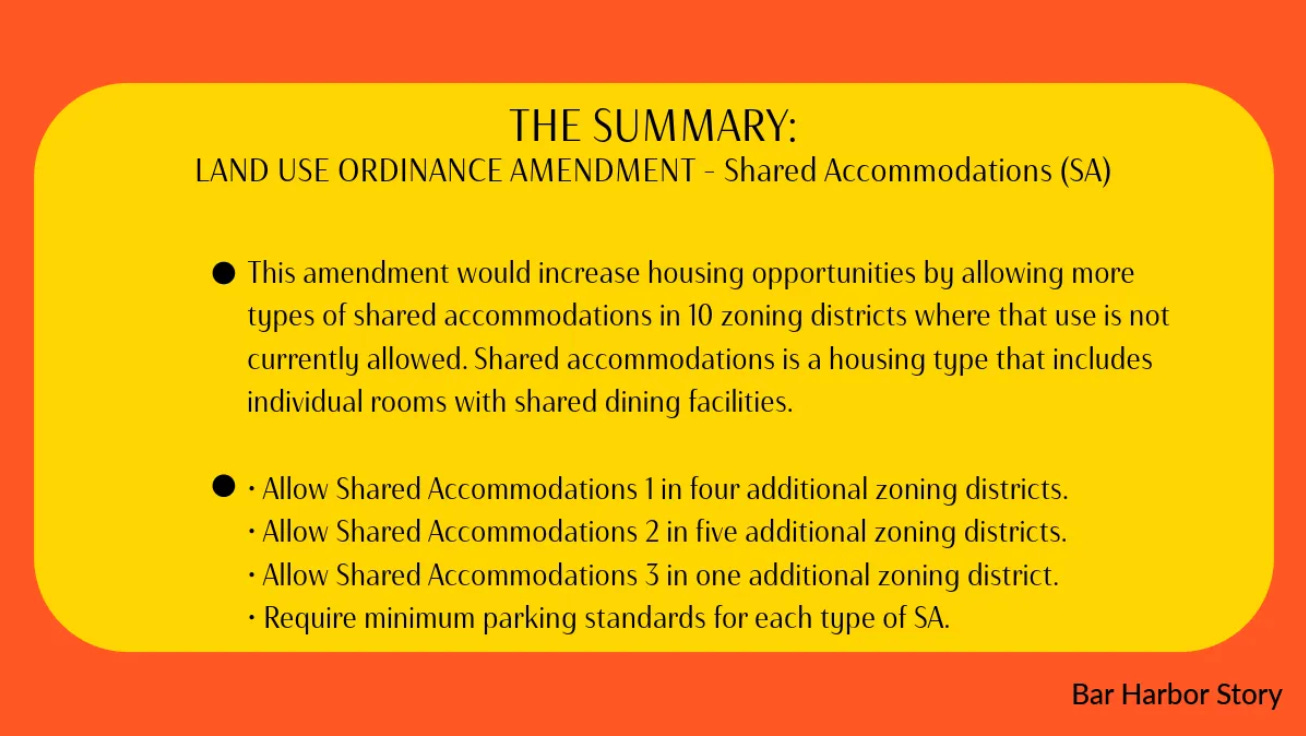
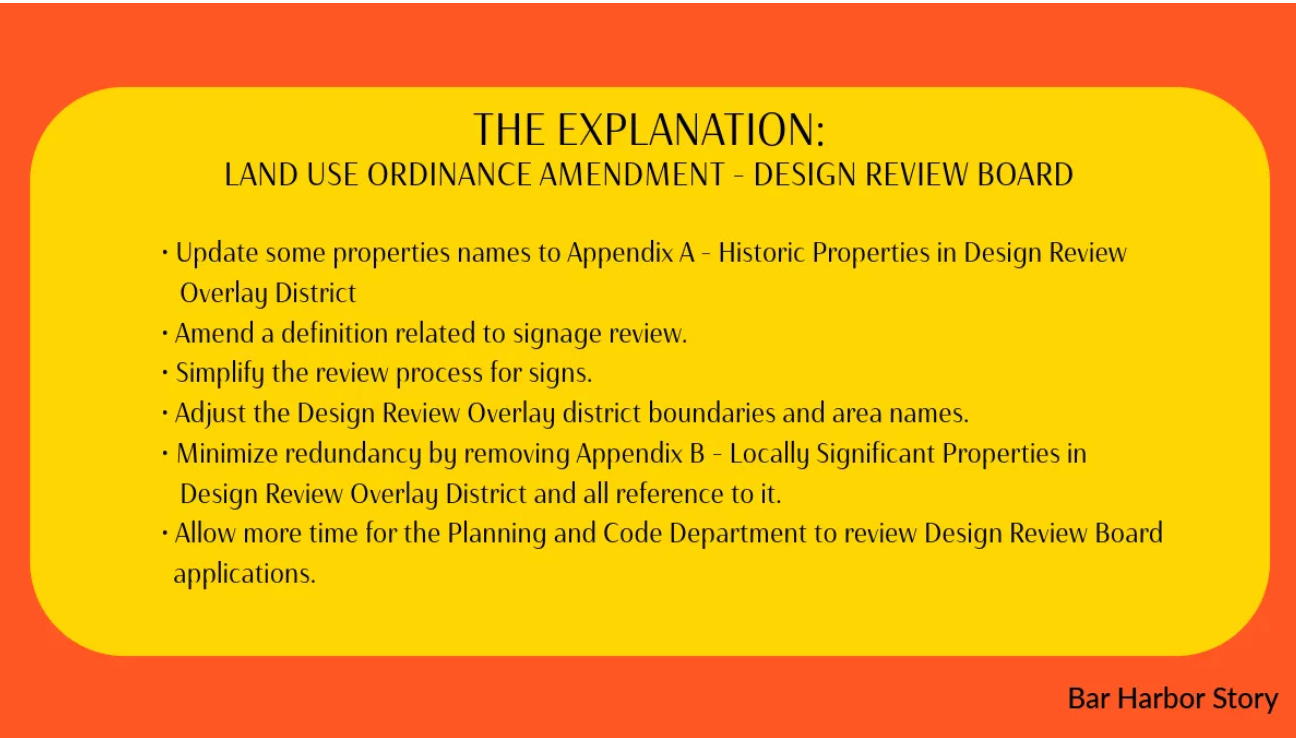
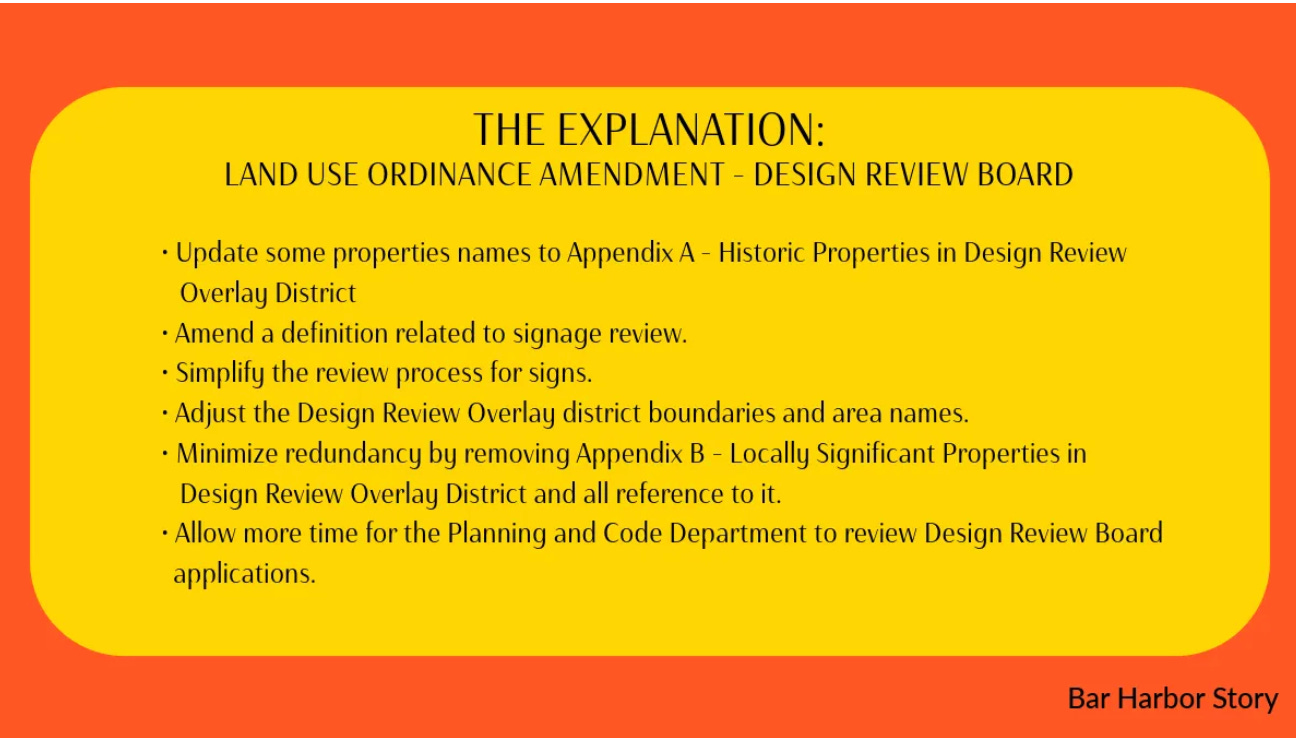




Thank you for attaching the watershed studies. I recently moved into the Mill Brook area and am amazed that the developer was allowed to build some houses where he did. The lot next to me is a wetland with a direct drainage to the Old Mill Brook and while, it is not developed yet, the owner indicated that the town doesn't care too much anymore about wetlands like this. In this last year, the rain has really shown me how powerful a watershed is and what chemicals it takes with it.